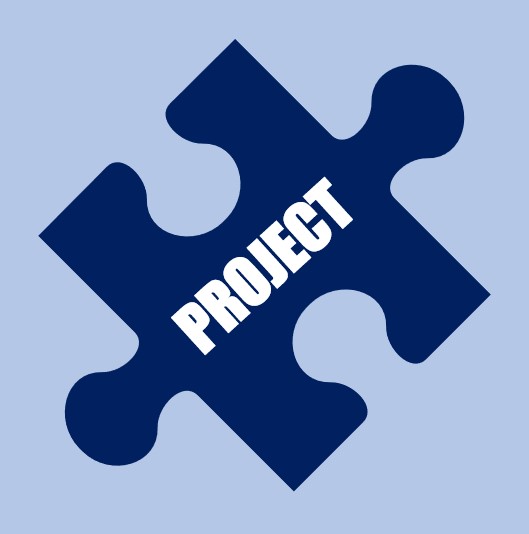Agile is a way of thinking and working that aims to be flexible, collaborative, and responsive to change. Agile is a project management and development approach that emphasizes flexibility, rapid iteration, and continuous delivery. It aims to help teams respond quickly to change and deliver high-quality products by breaking down large projects into smaller, more manageable chunks and regularly reassessing and adjusting the project plan as needed.
Key reasons for getting benefits to think agile:
Faster time to market: By breaking projects down into smaller chunks and delivering them incrementally, teams can get products or features to market faster.
Customer focused; Improved customer satisfaction: Agile thinkers prioritize the needs and desires of their customers and stakeholders. They work to deliver value to customers in a timely and effective manner. Agile allows teams to gather and incorporate customer feedback early and often, resulting in products that are more closely aligned with customer needs and preferences.
Enhanced collaboration: Agile encourages close collaboration between team members and fosters a culture of continuous improvement.
Greater flexibility: Agile allows teams to pivot and adapt to changing priorities or requirements, helping organizations stay competitive and respond to market shifts.
Iterative and incremental development: Agile projects are divided into smaller, iterative cycles called “sprints,” in which specific goals are achieved and new features are delivered. This allows for faster feedback, continuous improvement, and the ability to pivot in response to changing requirements or market conditions.
Collaboration and self-organization: Agile teams are typically cross-functional and self-organizing, meaning that team members are responsible for determining how best to achieve their goals. This allows for better decision-making and more ownership and accountability among team members.
Adaptability: Agile thinkers are able to adapt to changing circumstances and pivot when necessary. They are open to new ideas and approaches, and are willing to change course if it will help them achieve their goals.
Continuous improvement: Agile thinkers are always looking for ways to improve and optimize processes and outcomes. They are willing to try new approaches and to learn from their mistakes in order to continuously improve their performance.
By adopting an agile mindset, individuals and organizations can become more flexible, adaptable, and able to respond quickly to changing circumstances. This can lead to greater innovation, efficiency, and success in a variety of different settings. The agile approach helps teams to deliver high-quality products and services in a fast-paced, constantly-changing environment. It is a powerful tool for organizations looking to build and maintain a competitive edge in today’s fast-moving business landscape.




